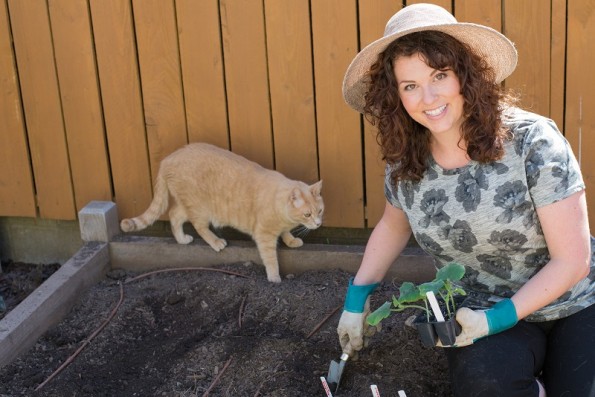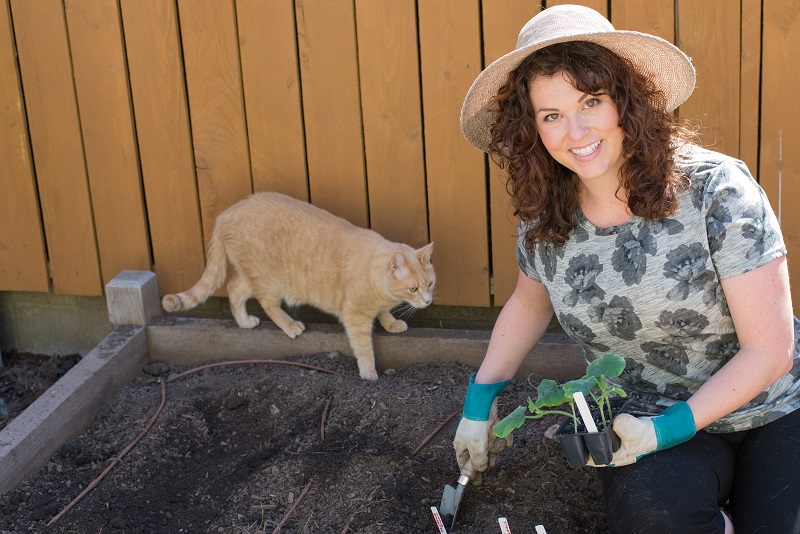
It is spring, the crocuses are popping up and the air is warm and breezy. Most importantly the days are getting longer, grass is turning green and many of us are getting inspired to start plotting are vegetable gardens. No matter if you are planting in beds or pots, your first step is good soil.
Many say the time to prepare your soil for the next season is in the fall.
If you are like me, you tend to leave things to the last minute. No worries, here are some great tips for preparing your garden’s soil in the spring.
To have the best veggies in your neighborhood, start by making your soil the best home for worms. Although your vegetable plants will grow in a variety of soils types, it is important to prepare your soil well to achieve more than satisfactory results. The best soil will be loose, moist, well drained, near neutral pH, and full of decayed organic matter, which you can make yourself by taking amending your soil.
Why worms? Earthworms change the structure of the earth below. They carve out tunnels in all directions, creating pores that increase water absorption and vents that release carbon dioxide. Plus, earthworms are decomposing machines. They breakdown dead organic matter and mix the organic matter into the soil. The worms’ castings, or feces, fertilize the soil with rich nutrients and creates a great environment for your vegetable plants to grow.
The first step in preparing your soil is to get dirty! Take some time to consider what your soil needs to make it optimal for worms. Notice your soil’s texture and moisture. You do not want your soil to be too wet or too dry. Check your soil for worms by digging up a random sample of dirt and notice if you have at least a few.
Next, loosen up your topsoil in your garden beds and break up that hard, dry crust that has formed. This dry crust can prevent water from penetrating the soil. Avoid tilling your soil because tilling will destroy all the hard work your worms have already put into your soil.
Lastly, the most important step, feed your worms! If you do not have worms, your soil is lacking in organic matter or food. Add nitrogen-rich compost to your soil, which you can purchase at any garden store, or add your own homemade organic matter (which can include food scraps, dried leaves, wood shavings, peat moss, manure, or grass clipping). Avoid using synthetic fertilizer, which may deter the worms. Once you have planted your veggies also consider using mulch as a top layer, which will help protects your soil by retaining in moisture (great for our desert climate) and preventing against as sudden freeze.
If you are planting in pots, it is important to choose a potting soil that recreates the benefits produced by worms. Look for a soil that can hold moisture, but can also drain well. Don’t pick a soil that is too thin or too heavy. Also, choose a soil is rich with nutrients to help your veggies grow.
In general, the best advice is to get excited about growing a garden and be willing to accept the process of trial and error. If you have more questions, the Internet has amazing resources for answering all questions, plus you can always ask the helpful people at your garden store.






